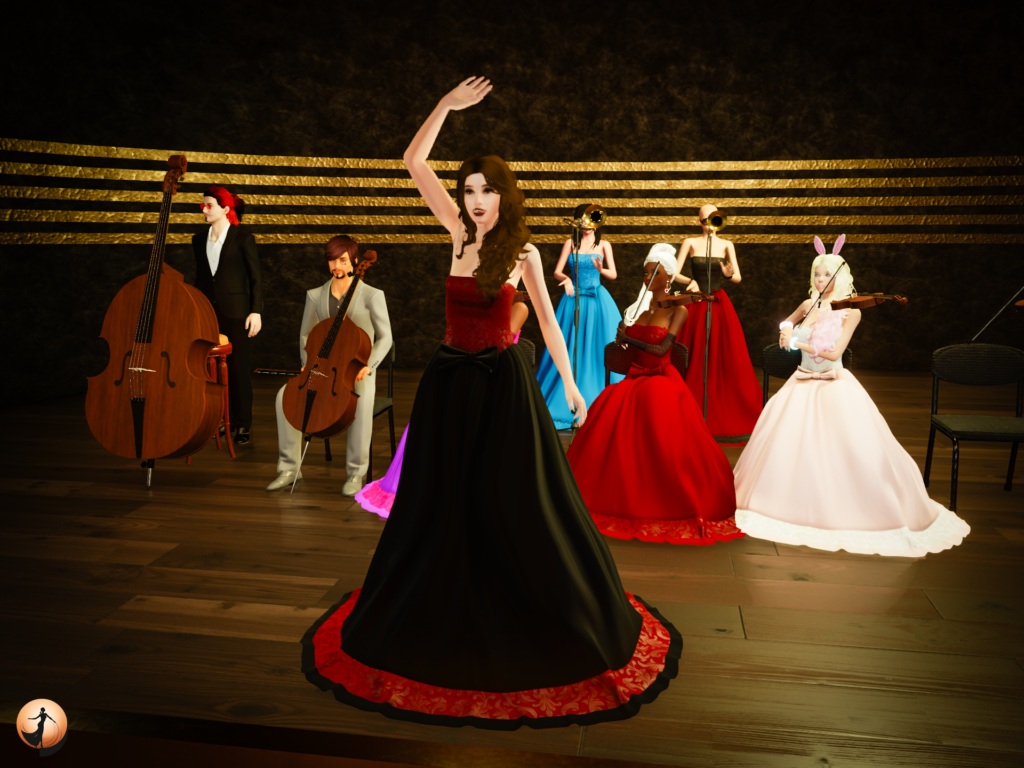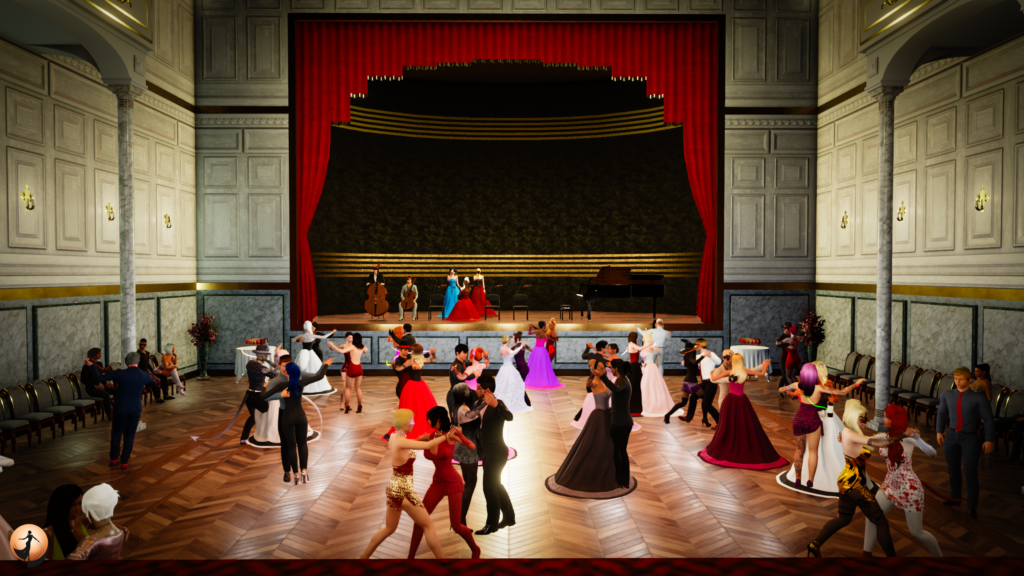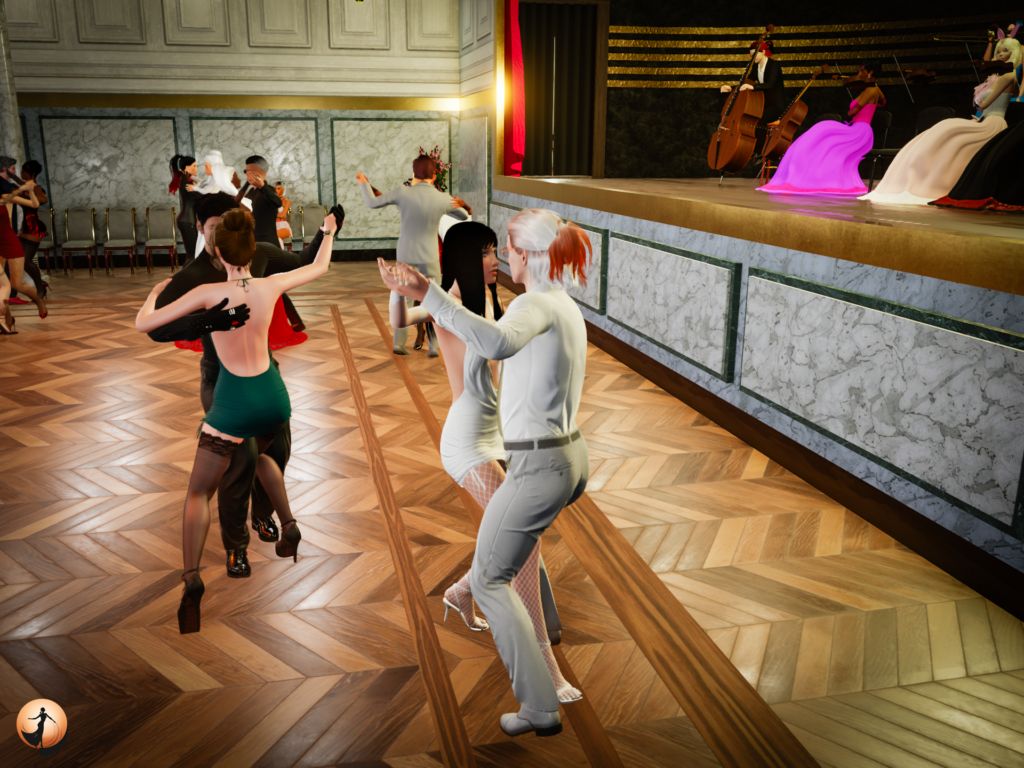“An der schönen blauen Donau” is arguably one of the most popular pieces of music in the classical repertoire; a waltz composed in 1866 by the Austrian composer Johan Straus II and first performed in 1867 in Vienna. Curiously, the initial performance was not the overwhelming succes you might have thought it to be. A disappointed Strauss is reputed to have lamented: “The devil take the waltz, my only regret is for the coda, I wish that had been a success!”.
The piece was first written as a song for a carnival choir (for bass and tenor), with rather satirical lyrics (Austria having just lost a war with Prussia). It was only when Strauss adapted it into a purely orchestral version for the 1867 Paris World’s Fair, that it became a great success.
When Strauss’s stepdaughter, Alice von Meyszner-Strauss, asked the composer Johannes Brahms to sign her autograph-fan, he wrote down the first bars of The Blue Danube, but added “Leider nicht von Johannes Brahms” (Unfortunately not by Johannes Brahms).
“An der schönen blauen Donau” is a staple of the monthly ball at The Black Rose. The well known music piece is always a highlight of the evening.




Another memorable use of “The Blue Danube” is the docking scene in Stanley Kubricks Sci-Fi extravaganza 2001: A Space Odyssey. The film is notable for its innovative use of classical music. In the early stages of production, Kubrick commissioned a score from Hollywood composer Alex North. In the end, Kubrick chose to abandon North’s music in favour of the classical pieces he had chosen as guides for the soundtrack. North did not know his score had been abandoned in favour of the temporary music pieces until he saw the film at its premiere. The sequence of the shuttle docking to the rotating space station in what seems like a delicate dance has become one of cinema’s most iconic space scenes.
